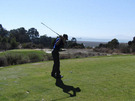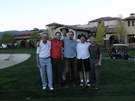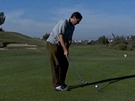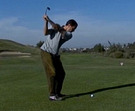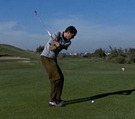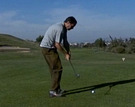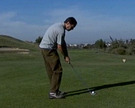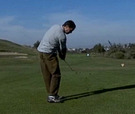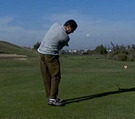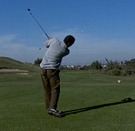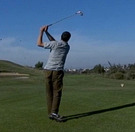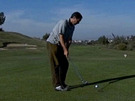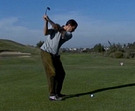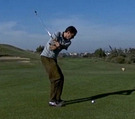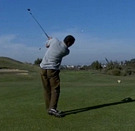possibly is but i can say positively that nothing is permanent to a person who seeks improvement continuosly …2 years ago is just that now is a totally different time in my life and priorities have changed …personality traits have a place but you need to realise people are not static and as they grow what was once important is but a flicker now.
If someone tells you you are a swinger and then proceeds to try and make you a hitter … run Quickly…
Hi Craig:
Having heard from both Guru and Styles this a.m., I thought t’would be a good idea to slide in here for a bit. (I’m guessing that you are likely “the Craig,” whose profile was completed in ‘06?)
You are quite right in what you say and so is Styles. However, it is much more complex than short notes can convey, but I’ll try to compress here, subject to questions and needed clarifcations.
There have been persistent (not necessarily consistent) beliefs, studies, impressions, notions in the “Nature Vs. Nurture” issue as long as I can remember and I took my first clinical training in 1950. That discussion (sometimes boiling unnecessarily into argument) has more recently started to lean more toward a balance between the two, since both are in play all the time, unless we take appropriate steps otherwise.
Styles is correct, at least according to more recent research and the 40,000+ profiles, studies and research I have done myself, that we all start with a set of traits that stay with us for life and through which we express ourselves for a lifetime.
Craig is right in that we do alter the way we respond to our environments and appear to others (sometimes also to ourselves, depending on how sharp a grasp we had on self image to begin with). We do have two dimensions going in that respect.
When we profile, the left side of the chart shows, as nearly as possible, based on how well a person knows him/herself, the style traits one brought along from birth (which is the “style” issue that Styles is talking about). The right side shows a fairly current picture of what has happened to the external appearance of those style traits over time and experience (the “change” issue that CraigW refers to, which is cast in what we refer to as “personality.”) Add to that the confusion in a lot of conversation and literature that regularly distorts the meaning of both style and personality.
So there are always two concerns “in play” – Style and Personality. Style is the mainframe through which we actually carry out all sorts of performances. Personality is the face we put forth in order to gain the endorsement of other people. Styke is the engine and personality is ther smoke that comes out of a fired up stack.
Studies all show that we have four dimensions going. 1.There are things about “me” that I know and you don’t. 2. There are things about “me” that you know and I don’t. 3. There are things about “me” that both of us can see. 4.There are things about “me” that neither of us can see.
Profiling will, inevitably it appears, bring about an expansion of all four of those dimensions over time, accounting for what may cause us to sense that we are “different” today from what we were yesterday, and that would not be incorrect, though highly variable among people. What I have seen over the past 50 years or so is that the traits do not change, but the life-expression coming through them may change – for some, more or less than others.
Having been on the clincial staff of a children’s hospital many years ago, and observed many youngsters, I can now detect with reliability, the natural styles they bring with them from birth, as early as four or five days after birth, simply by hearing them cry. Each style has a rather distinctive sound, and later continued observation confirmed that. I doubt it’s necessary to make the point which says that is much too soon for “personality” to be formed, but certainly not too soon to indicate genetically influenced “style.”
The bottom line for golfers is simple. Personality can not bring what we need for the game, since it tends to be either an over-extension or a restriction of our styles, each of which carries negative consequencs in the game (i.e., over-extension tends to show up in over-swinging, coming up on the teos, swaying, loss of balance, chilly-dipping and the like. Restriction tends to come along in things like deceleration in swinging and putting, unfiinished back and forward swings, and excessive tension in body rotation).
Golf needs all that style delivers, since that frees up our naturally given tendencies, for learning, practicing and playing. That reality is what led to the process with the clear key core, that delivers three prominent benefits simultaneously – it opens the door to nothing but style and habit performance, keeps the personality, “over and under,” temporarilty out of the picture and defends against anxiety signals, thus freeing the player to be in his/her most reliable and essential position for each shot. And that only requires a maximum (usually less than) of about 12-13 seconds for each shot transaction.
So, as far as I have been able to see it, we need more nature in the game and be able to subdue (temporarily) the nurture for learning (habit development), practicing (matching style issues using the 32 ball drill method) and shot-making (execution).
Save the Personality for the pub, a few pints and “tales” of the game.
Cheers,
Carey



